Giving birth
Every woman has an idea about giving birth, it is a life changing experience of which no one will know how it is going to be. Prepare yourself for “not knowing” and try to make the best of it. A good preparation for birth can take away fear and insecurities you might have. This will allow you to be more relaxed during labour and birth.
Things you can do:
- Try to be as as fit as possible towards the end of your pregnancy. Stay active and eat healthy and varied food.
- Try to discover (by practicing) what you need to be able to relax your body and mind.
- Follow a childbirth preparation course. The following courses are given in English:
Jouw Geboorte Avontuur:
At 'Jouw Geboorte Avontuur' you can sign up for a free first lesson of the Enlish Hypnobirthing course. You will get a lot of information anbout the birthing process and Dutch healthcare.
Sign up at: www.jouwgeboorteavontuur.nl/english
CJG Den Haag
CJG Den Haag is a children’s healthcare centre that children go to for regular developmental check-ups. In the Netherlands this is done by a special centre, not by the family doctor.
You can follow the Childbirth preparation course in Enlish, You an find more information and sign up at:
www.cjgdenhaag.nl/cursus/childbirth-preparation-course-in-english/
Bumps and Babies:
There is a Facebook group 'Bumps and Babies' For pregnant mums and parents of newborns and young babies in The Hague. you can join their group on Facebook:
www.facebook.com/groups/bumpsandbabiesdenhaag
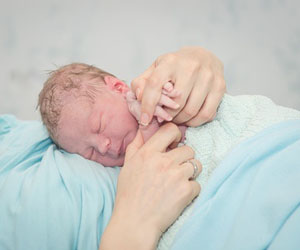
Delivery
In the last weeks of pregnancy, some women have an ongoing soft pain, another a sharp pain and another hard bellies. These pains are there for a reason. They help to soften of the cervix. The baby's head will descend further down in the cervix and the cervix muscle will exercise before delivery. This is experienced as painful. The pains are mostly of the same strength and will become less after some time. It is a sign that preparations are starting at the cervix. It does not predict when you will give birth.
Most women start labor with contractions. Only 10% of women start labor with their waters breaking. Most women experience the pain of contractions in their belly, some feel the pain in their back or in the legs.
The Five stages of delivery
1.The latent phase:
In the early stages of dilation (the first four centimeters), contractions come regularly, about every five minutes. The contractions are not really strong yet and do not last very long. These contractions cause the cervix to soften and change its shape. From the shape of a “nozzle” it will become "flat". Only after this softening and changing process the cervix can open: Dilation. In this phase you go from no pain to regular pain and dilation is in the beginning not yet measurable. That can be a challenge, your patience will be tested. Try to have confidence in your body and the labouring process.

2. The middle phase:
In the middle phase of the dilation (from 4 to 8 centimeters), the contractions become increasingly stronger and the cervix opens (dilation). Contractions now come every two to three minutes and last for one minute. You may be wondering how long this all will take. You are pushing your boundaries and in hindsight, you have already endured more than you may have thought you could. After five centimeters dilation you can start to count down and at this stage you will! Delivery is usually faster after five centimeters. For centuries warm water has been used during childbirth, you may also want to try it at this stage to ease the pain, have a warm shower or bath.
3. The last phase
In the final phase of dilation, the contractions are shorter and are very strong. You have to allow the contractions to do their work. It can help you to concentrate on your breathing. At this stage in labor you are less approachable because your body produces natural hormones, Endorphins, that will give you some relieve from the pain. Nevertheless, this phase is experienced as difficult. You can feel that the birth of your baby is close. At some point in this phase you will get a feeling of pressure from below, during the contraction. The baby moves deeper with its head and helps to push open the last three centimeters of the cervix. This is the transitional phase which leads to the to the push contractions. How long this phase will take depends on how fast the baby can get deeper into the birthing canal. You may, perhaps, begin to feel desperate in this final stage, we are there to help and guide you through this.
4. The last phase - pushing the baby out
The pushing phase is the last part of labour before the baby is born. Pushing takes about an hour for a first child. If you already have had a child or more children it takes about fifteen minutes. It is important to wait for good pushing contractions. They help the uterus to push out the baby. We often use the birthing stool and bath during the pushing contractions. We will follow you in the best position in which you can give the best push. At this stage we all have the same goal: To give birth to the baby as soon as possible.
5. The last phase - the placenta
The birth of the placenta is also part of childbirth. This takes place in the first hour after the birth of the baby. Some contractions are necessary to let the placenta go. It will feel as a relief when the placenta is also “born”.
When to call Ella's midwife.
When do you call Ella during your preganancy and childbirth? This leaflet gives a good indication.
During office hours call: 070 360 62 86, for emergencies call: 06 526 32 220
Click on the image for a larger image
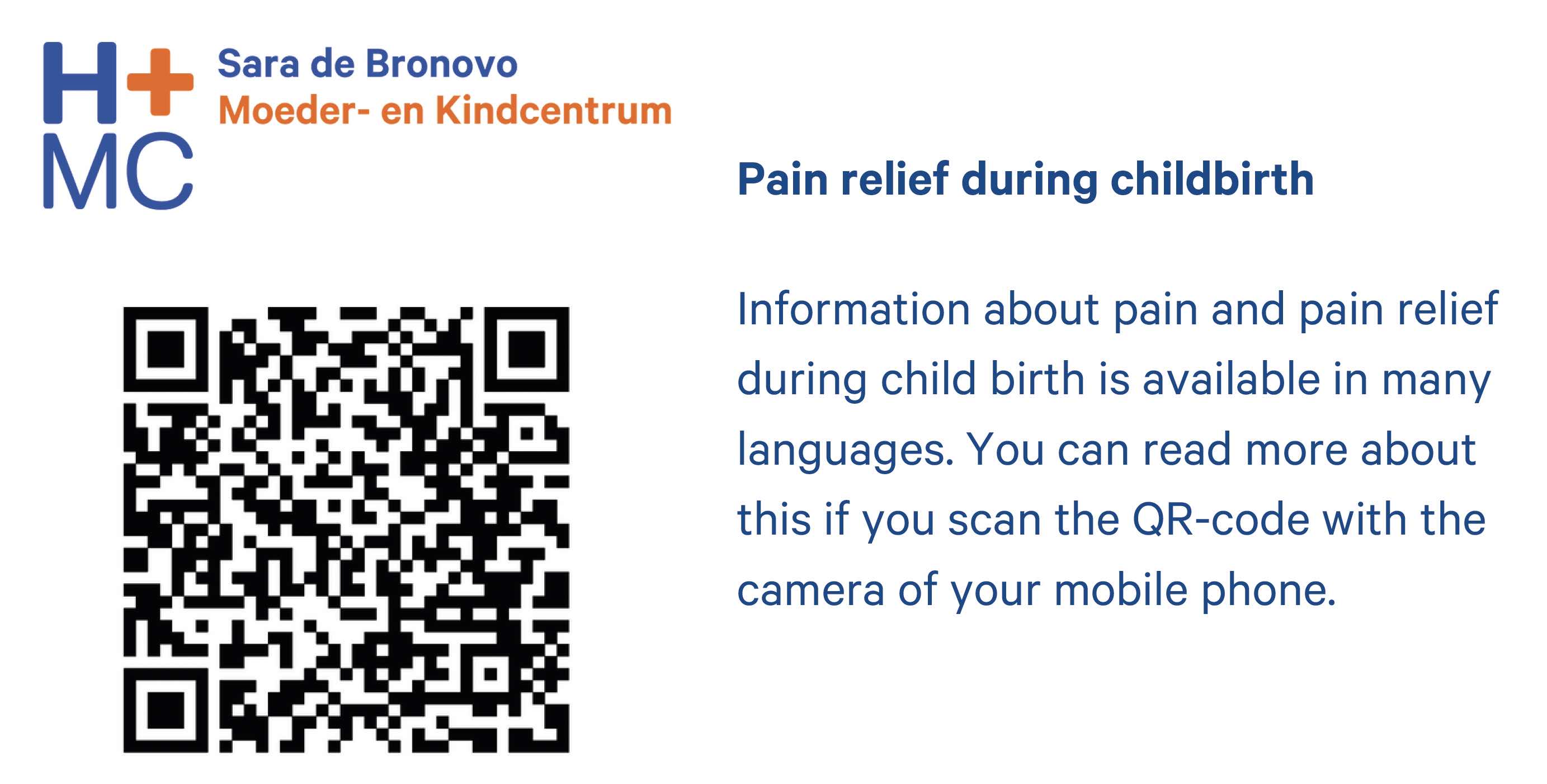
Useful leaflets from the KNOV: Royal Netherlands Organisation of Midwives:


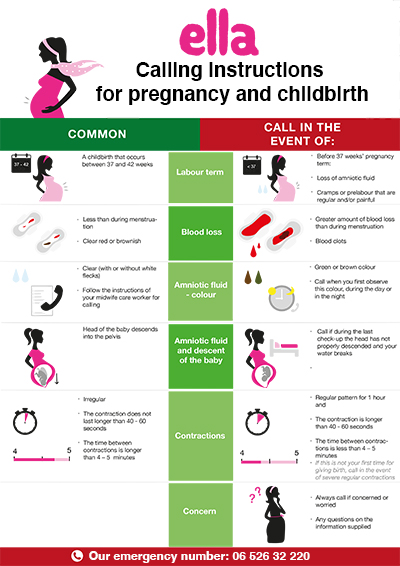
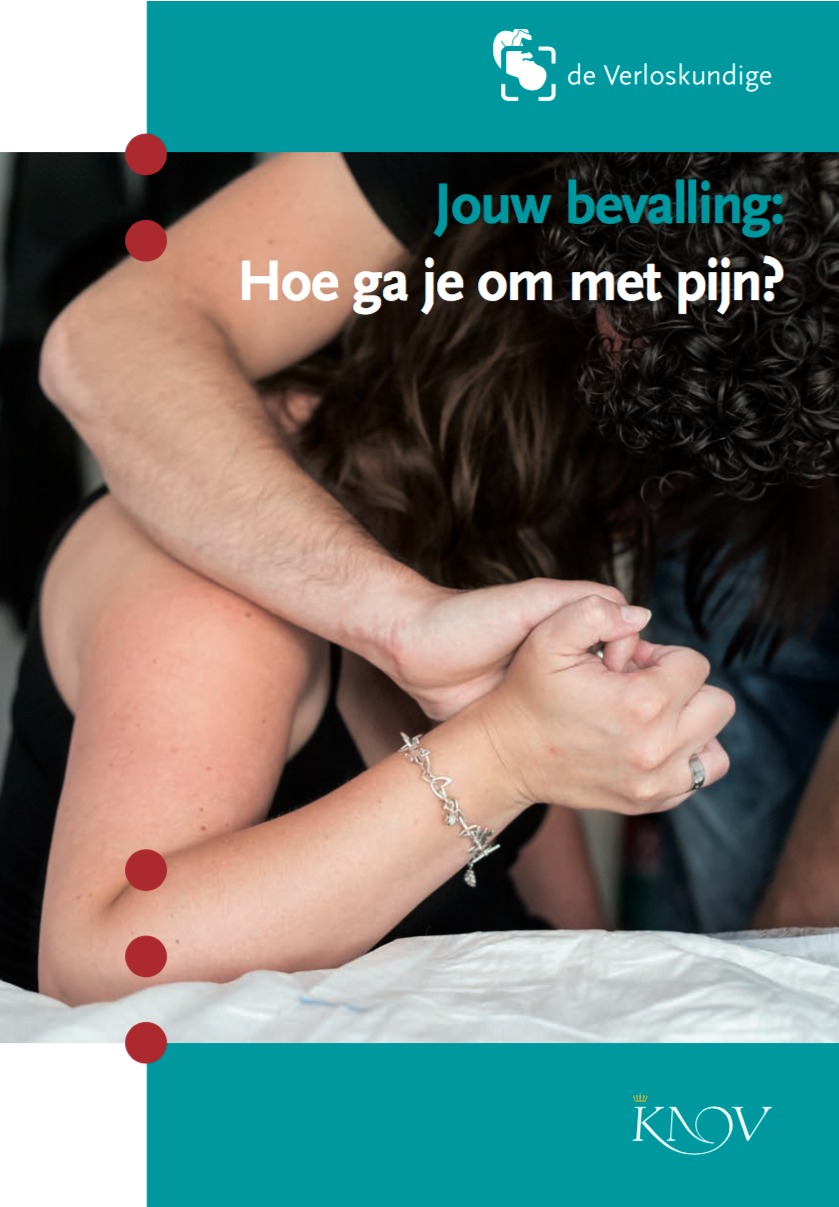
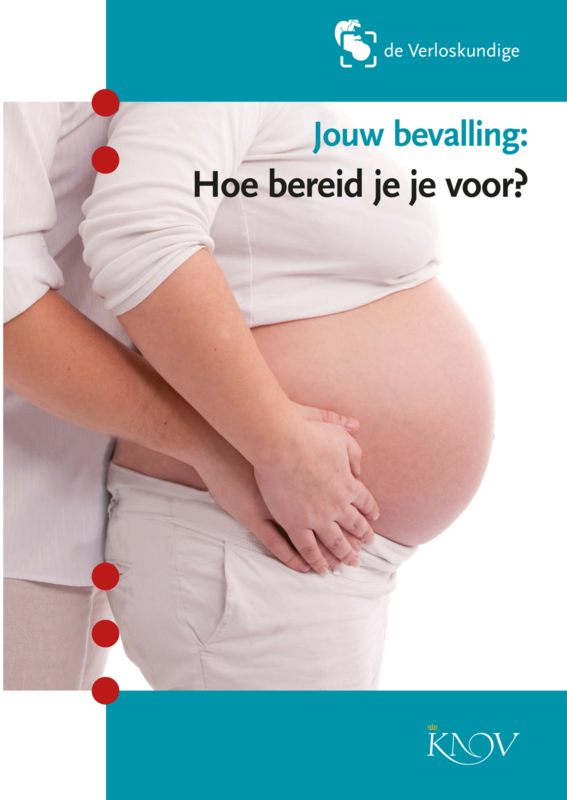 How to prepare for birth?
How to prepare for birth?